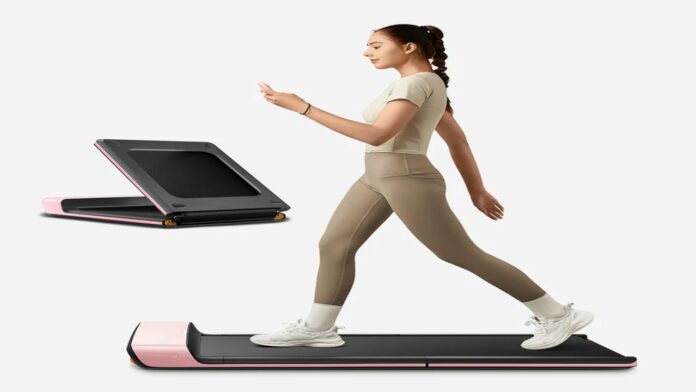In the realm of fitness and exercise, the treadmill stands as a stalwart companion. But as technology evolves, so too does our approach to exercise equipment. Today, we’re faced with a significant choice: the classic, traditional treadmill or the innovative, foldable design. Which one is a better fit for you? Let’s delve into the pros, cons, and unique features of both.
Traditional Treadmills: A Brief Overview
Traditional treadmills have stood the test of time, gracing gyms and homes worldwide. They feature a flat, non-foldable design that provides a sturdy platform for running, walking, and jogging. The design lends itself to a high level of stability, and these machines often boast powerful motors, broad running surfaces, and comprehensive workout programs. The robustness of the traditional treadmill makes it a firm favorite among serious runners and fitness enthusiasts.
Foldable Treadmills: A New Era
Enter the folding treadmills: a sleek, space-saving innovation that adds a layer of convenience to your workouts. These machines can fold up when not in use, freeing up floor space. They are perfect for apartment dwellers or those with limited room. Moreover, most foldable models come with transport wheels, making them mobile and easy to store.
Design, Features, and Functionalities
While traditional treadmills might be bulkier, they often come packed with more features. They usually have larger displays, more workout programs, sturdier frames, and higher maximum user weights. Their motors are typically more robust, ensuring a smoother run and greater longevity.
Foldable treadmills, on the other hand, prioritize compactness and convenience. They may have smaller running surfaces and fewer features but don’t underestimate them; they still offer quality workouts. Some high-end foldable models also offer advanced features like heart rate monitoring, built-in speakers, and personalized training programs.
Space and Storage
The main advantage of foldable treadmills is their space-saving design. They can easily fold up, be moved, and stored, making them ideal for smaller homes or multi-purpose spaces. On the other hand, traditional treadmills require a dedicated area due to their size and weight, but they provide a more extensive running surface, which many runners prefer.
Pros and Cons
Traditional treadmills offer stability, powerful performance, and an array of features, but they require more space and are harder to move. Foldable treadmills are compact, convenient, and ideal for small spaces but may not offer the same level of performance and stability as their traditional counterparts.
Choosing the Right Treadmill
The decision between a traditional and foldable treadmill ultimately depends on your individual needs and preferences. Consider your available space, your workout requirements, your budget, and how often you plan to use the machine. For instance, if you’re a casual exercitor living in a small apartment, a foldable treadmill might be perfect. But if you’re a committed runner with ample space, a traditional treadmill may better serve your needs.
Real-Life Scenarios
Consider Sarah, a fitness enthusiast living in a small city apartment. She wants a treadmill but also values her living space. A foldable treadmill is an ideal choice for her as it can easily be tucked away after workouts.
Contrastingly, consider John, an avid marathon runner living in a spacious home with a dedicated fitness room. He values a robust machine that can handle intense daily workouts. A traditional treadmill, with its superior power and stability, is the best option for him.
Choosing between a foldable and traditional treadmill can be challenging, but once you consider your individual circumstances and needs, you’ll find the perfect match. Regardless of which one you choose, both designs promise to deliver the opportunity for a great workout.







